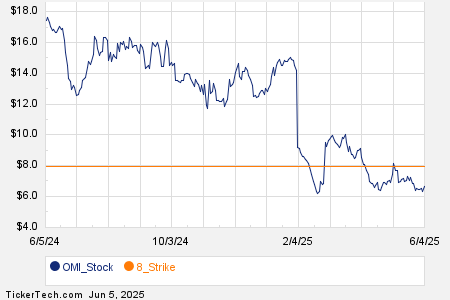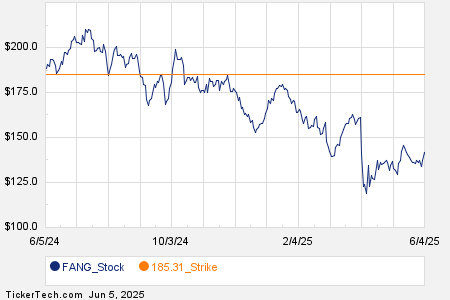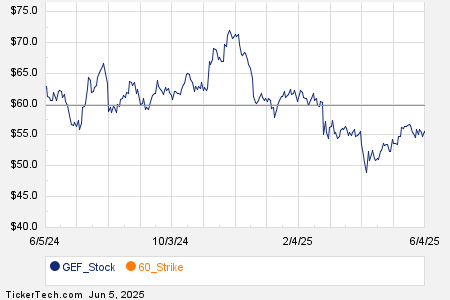High Demand for AI GPUs: Nvidia vs. AMD Analysis
Despite recent export controls impacting the Chinese market, demand for advanced chips essential for artificial intelligence (AI) infrastructure remains robust. Custom AI chips are emerging, but graphics processing units (GPUs) still dominate AI workloads, initially designed to enhance video game graphics.
GPUs are crucial for high-performance computing tasks, including training large language models (LLMs) and executing AI inference. Currently, the GPU market largely features a duopoly, with Nvidia (NASDAQ: NVDA) and Advanced Micro Devices (NASDAQ: AMD) leading the way. Investors often question which stock is the better investment.
Market Leadership: Nvidia vs. AMD
Nvidia holds over 80% of the GPU market and has outpaced AMD in data center revenue growth. Last quarter, Nvidia reported a 73% increase in data center revenue, reaching $39.1 billion, while AMD’s revenue rose 57% to $3.7 billion.
A significant advantage for Nvidia is its software platform, CUDA, launched in 2006. This platform allows developers to adapt Nvidia GPUs for various applications, expanding usage beyond gaming. Nvidia promoted CUDA heavily in academic institutions, ensuring its adoption among developers.
Conversely, AMD introduced its software competitor, ROCm, nearly a decade later. By then, CUDA had already established itself as the industry standard, while ROCm suffers from less hardware compatibility and more complex installation. Nvidia has since enhanced its software lead with CUDA X, a series of AI-specific libraries and tools.
The broad acceptance of CUDA creates a network effect that bolsters Nvidia’s market position. More usage leads to increased tool and library development, further entrenching Nvidia’s presence. Although ROCm continues to develop, it still lags behind CUDA, especially in LLM training.
AMD, however, has made strides in AI inference—a simpler task compared to model training. Inference focuses on factors like latency, power consumption, and cost. AMD’s GPUs typically have lower price tags, and while ROCm is not as robust as CUDA, it suffices for many AI inference applications.
The inference market is projected to eclipse the training market significantly. Some analysts, including venture capitalist Chamath Palihapitiya, predict it could become 100 times larger. This potential allows AMD room for market share growth, whether the inference market grows twofold or a hundredfold.

Image source: Getty Images.
Investment Potential: Nvidia or AMD?
In terms of valuations, both Nvidia and AMD are priced similarly. Nvidia’s forward price-to-earnings (P/E) ratio is just above 32 times this year’s analyst estimates, while AMD stands at 28 times. Nvidia currently shows faster revenue growth.

NVDA PE Ratio (Forward) data by YCharts
The deciding factor for which stock might outperform will likely hinge on growth. Nvidia remains the dominant GPU player and is expected to benefit as AI infrastructure develops. However, AMD’s revenue from AI is substantially smaller—10 times less than Nvidia’s—which might lead to slower growth.
As the AI landscape shifts further toward inference, AMD may have opportunities to gain market share. Although Nvidia leads in this sector too, the competition is less pronounced than in training. AMD needs only a limited share of a rapidly expanding market to see significant impact on its revenue.
Investors could consider holding both stocks, which may be prudent given the early stages of AI infrastructure investment. Both companies could benefit, although AMD may have a more pronounced upside. The primary risk is a downturn in AI spending.
Should You Invest in Nvidia?
Before investing in Nvidia, consider the following:
Research indicates that Nvidia wasn’t highlighted as a top investment by analysts citing the ten best stocks. Investors might find stronger potential returns in alternatives.
The stock recommendation platform has recorded an average return significantly outperforming the market, suggesting careful evaluation before any investments.
Geoffrey Seiler has no positions in the mentioned stocks. The Motley Fool has positions in and recommends Advanced Micro Devices and Nvidia.
The views expressed in this article reflect the author’s opinion and do not necessarily represent those of Nasdaq, Inc.





